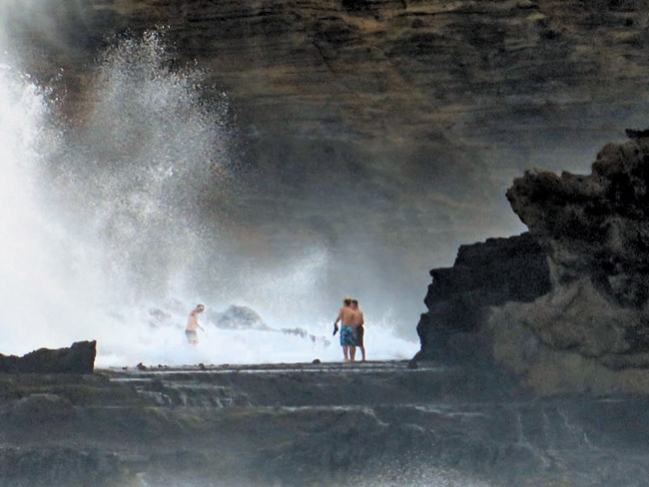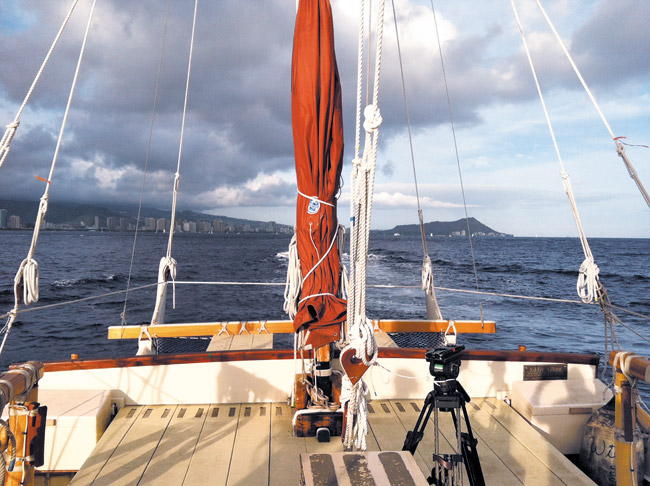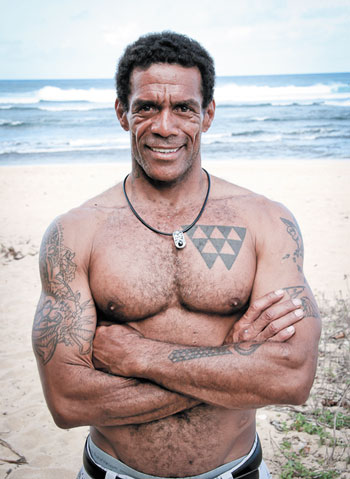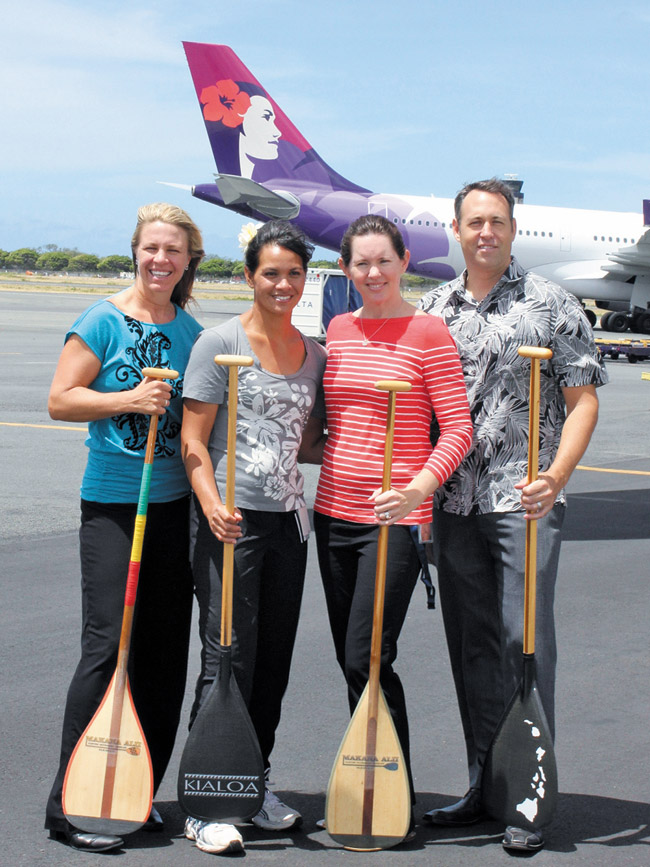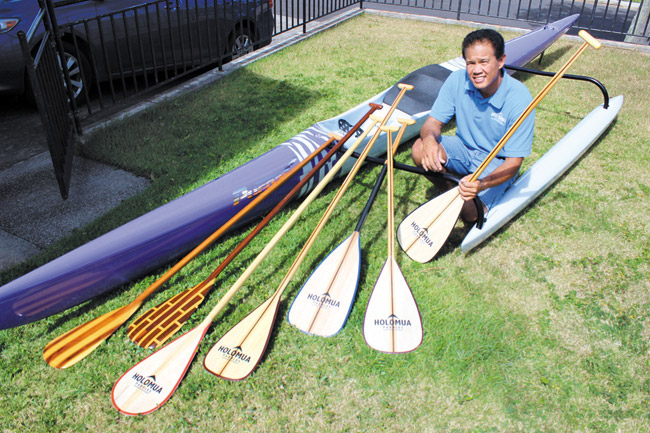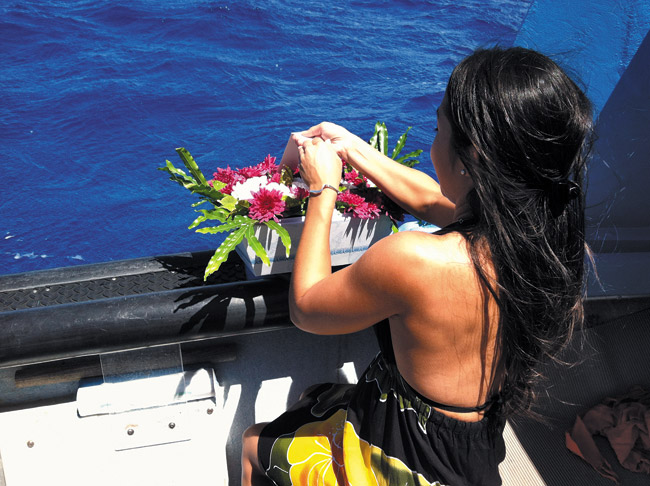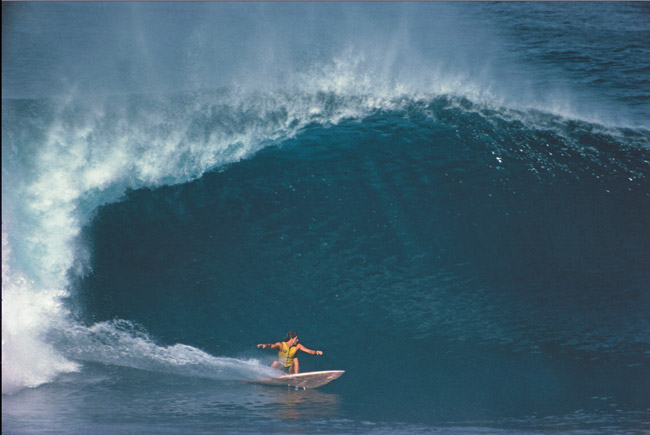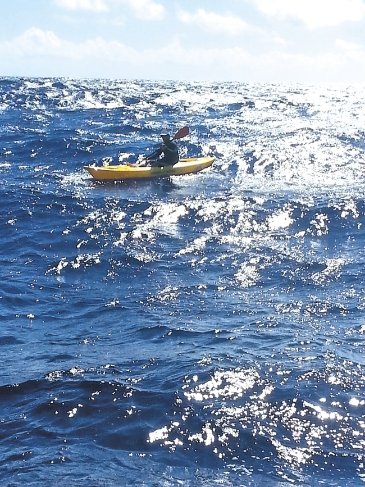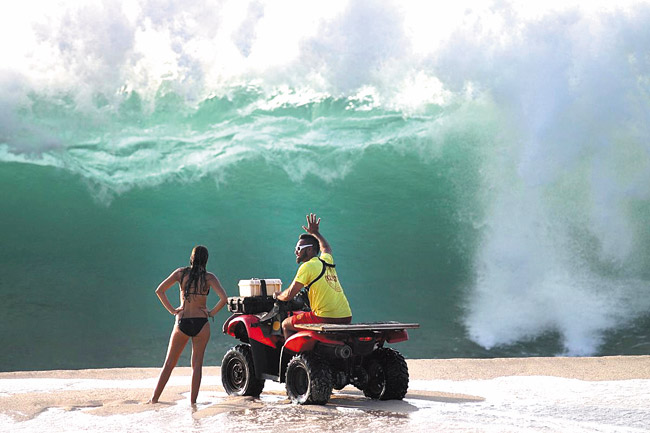Few things in life are truly epic. Literature has its epic stories and poems, and there have been many epic battles and wars.
But could there be an epic season?
The summer of 2013 may not live up to some of those memorable moments in history, but if Hawaii’s first south swell is an indication of what we’ll see over the next several months, it could very well be an epic summer.
“Can you believe this swell?” asks surfer Ben Cullen. “It’s like a machine out there (pointing to Ala Moana Bowls). The waves haven’t stopped for a week, and I think everybody is starting to get tired. It’s not as crowded as it was a few days ago. But don’t get me wrong, that’s a good thing!”
For more than a week, Mother Nature delivered some of the most consistent waves seen on southern shores of all Hawaiian Islands in more than 30 years.
On the Valley Isle, high surf pummeled west and south Maui. Several boats broke loose from their moorings and capsized near Mala Wharf. Massive waves also pounded the southern and western shores of Kauai and Hawaii Island.
The potent swell brought out some of Hawaii’s finest watermen and women. It also brought out some of Hawaii’s biggest losers.
On Saturday afternoon, five men came dangerously close to being seriously injured, if not killed, at Halona Blowhole. Lifeguards from nearby Sandy Beach warned the men to leave the area several times, but the men failed to heed those warnings. Eventually a large set of waves, estimated at 6-8 feet, got their attention when the surf crashed on the rocky ledge. One of the men was nearly swept into the blowhole. Thankfully, the men suffered only minor injuries.
“They really lucked out – we all lucked out,” says water safety officer Aka Tamashiro. “Those guys, I don’t think they have any idea of how lucky they are to be alive.”
Warning signs, installed several years ago to prevent visitors and residents from getting too close to the blowhole, failed to deter their curiosity and poor judgment. Photographs of the near tragedy spread on social media like wild-fire.
“All the signs in the world can’t fix dumb,” says an outspoken Cynthia Chapman. “Those guys were lucky no one died. There should be a law against people who disregard the orders of our lifeguards! They could have put others at risk.”
The spokeswoman of the Honolulu Emergency Medical Services was a bit more diplomatic.
“Ocean Safety lifeguards are dedicated and go through intensive training to protect our beaches. But Ocean Safety needs the public’s help when enjoying our beaches,” says EMS spokeswoman Shayne Enright. “We ask residents and visitors to listen to our lifeguards. If lifeguards ask you to stay out of the water or back off from a ledge, please heed their warnings. ”
In three days, lifeguards rescued or assisted nearly 450 people and performed 850 preventive actions in waters off Waikiki, Ala Moana and Sandy Beach. Lifeguards on Jet Skis made an additional 94 rescues or assists while patrolling waters off Portlock, at China Walls and other beaches.
The rescue and assist numbers continued into the workweek.
“It is the intent of Ocean Safety to make sure everyone goes home safely to their families at the end of the day,” says Enright. “Please never hesitate to ask a lifeguard about ocean conditions, and if ever in doubt, don’t go out.”
Ready or not, summer is here. We’ll soon learn if it is an epic one.
